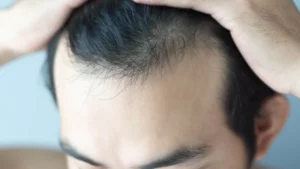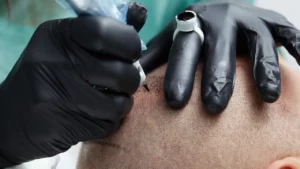Hair transplant growth stages refer to a recovery process that will be followed by people. The process is divided into periods and different hair growth is encountered in each period. It may take up to 1 year to obtain the final result from hair transplant treatment.
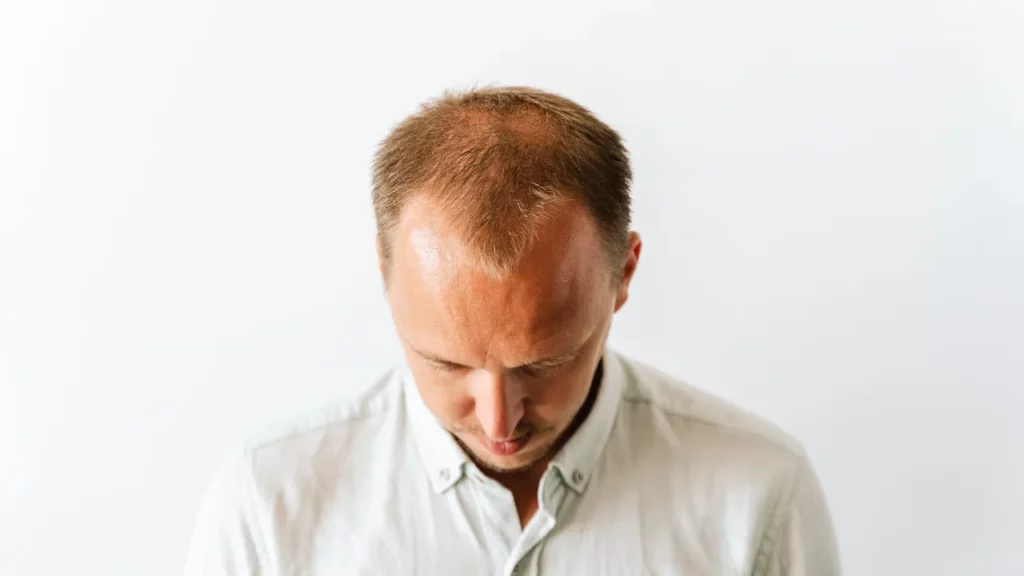
Hair transplant growth stages are not always constant. The person’s current health status and the method used in treatment may change the periods. However, doctors generally try to adhere to a specific hair transplant growth stages schedule.
Hair Transplant Timeline: All Stages of Recovery
Hair transplant growth stages may vary from person to person. However, in general, there is a specific hair transplant growth chart that can be followed. Additionally, the doctor may want to define a uniquely personalized recovery process for the patient.
- First 20 Days: The first 14-20 days after treatment are very important. It is the most critical stage in hair transplant growth stags. You may experience redness and itching during this period. You must act in accordance with the maintenance instructions.
- After 3 Months: You may see very thin hair in the hair transplantation area. New hair grows in the hair follicles, but growth occurs slowly. In order for growth to accelerate, hair follicles must continue to remain healthy.
- After 5 Months: In hair transplant growth stages, you are halfway through the recovery period. Your hair will start to grow and you will be able to take extra care for it. Additionally, changes may occur in the texture of your hair.
- After 6 Months: Among the hair transplant growth stages, the strongest hair growth is experienced after 6 months. Your hair now begins to take its average shape. However, a doctor’s review is recommended for the latest status of the treatment.
- After 1 Year: Hair transplant is the last stage among the growth stages. Now your hair regains its natural appearance. In the treatment, you complete the recovery process and hair transplant growth stages. You will encounter realistic expectations.
Everyone who has a hair transplant goes through similar hair transplant growth stages. There may be significant changes in dates. For this reason, it is not possible to draw a strict plan for hair transplant growth stages. All details vary from person to person.
Hair Transplant After 20 Days (Immediate Changes)
Hair transplant after 20 days is the starting point in hair transplant growth stages. You may see signs of growth in your hair. There are some changes in your scalp. If you adhere to your doctor’s recommendations, you will enter a healthy recovery process.
- Hair transplant after 20 days heralds the shock loss phase. This is a period in which the transplanted hair falls out. This period is necessary for the growth of new hair.
- You may see instant changes during this period. You should not neglect hair care and the doctor’s recommendations. Also you have to be on guard against infection.
- In hair transplant after 20 days, you may need to use various medications. You should not use any medications other than those recommended by your doctor.
Every period of hair transplant growth stages is important. You may see more side effects such as infection in the first 20 days. You should be extra careful at this stage of the hair transplant growth stages to avoid side effects as much as possible.
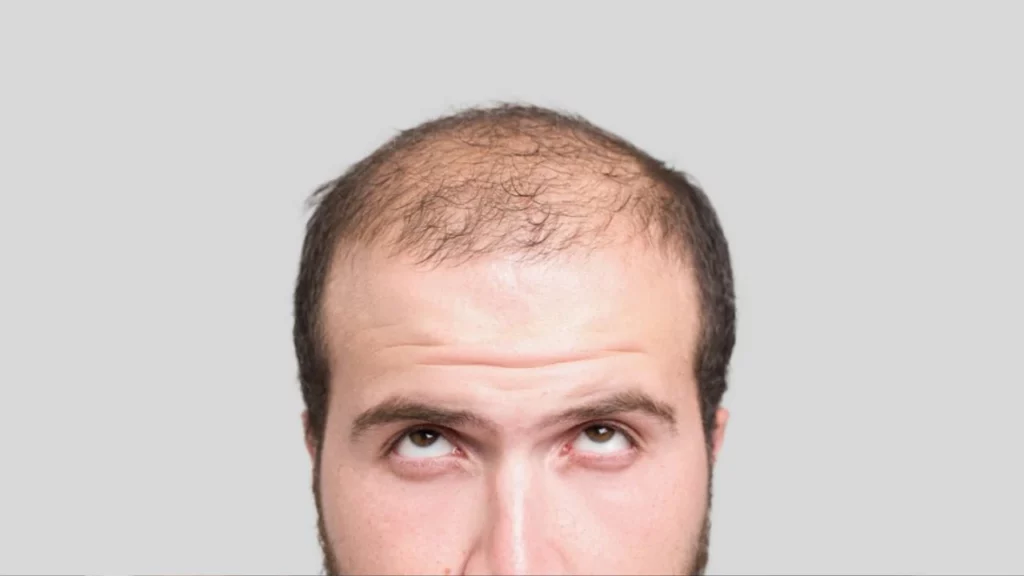
Hair Transplant After 2 Months (Progression Stage)
After having a hair transplant, you go through hair transplant growth stages one by one. After 2 months of treatment, you enter the progression period. This period manifests itself when the scalp begins to heal and some of the redness disappears.
- In hair transplant after 2 months, you transition to the recovery process. You may notice some growth in the hair transplantation area, even if it is not very dense.
- If you pay attention, you can see that the resulting hair is not much. You should be patient as your hair is not yet in the growth phase.
- In hair transplant after 2 months, swelling and itching are the most common side effects you will encounter. You should avoid touching your scalp as much as possible.
In hair transplant after 2 months does not provide any indication. It is not an important threshold among hair transplant growth stages. Generally, doctors focus on the future 6 months or 1 year later. Because the desired results can be noticed during these periods.
Hair Transplant After 3 Months (Notable Growth Stage)
Hair transplant after 3 months is one of the most curious among hair transplant growth stages. The reason for this is that signs of improvement are starting to be noticed. After the treatment, redness and scabbing on the scalp disappear.
- You can see that your hair starts to grow, even if it is very thin. Considering the previous hair transplant growth stages, you can see certain differences in hair growth.
- Your hair does not grow evenly. In hair transplant after 3 months, On a large part, you may see long hair in one area and short hair in another.
- Since the maturation phase has not been completed yet, you may encounter transparent like hairs. In this case, it is very important not to panic.
In hair transplant after 3 months, the value of hair care becomes more evident. As long as you do not take steps to block blood circulation, your hair will continue to grow. You will make serious progress compared to 2 months in hair transplant growth stages.
Hair Transplant After 5 Months (Midpoint Recovery)
You can see significant growth in your hair within 5 months after hair transplantation. Density and volume are not directly noticeable. The 5-month period does not seem very important among hair transplant growth stages. Because 6 months is considered much more valuable.
- If you pay attention to the first 3 months, you can see that your hair is starting to become noticeable. Starting from the 5th month, you can see a clearer appearance.
- Hair transplant after 5 months stage is called midpoint recovery. Improvement continues in terms of texture, but the appearance of the hair becomes slightly better.
- Even if the hair grows in hair transplant after 5 months, it has a patchy appearance. This is because hair has different growth rates for every hair graft and person.
For full results, it is always necessary to be cautious. Maintenance instructions must be followed. Hair transplant after 5 months is an indication that you have left a very important process behind. Hair growth increases very quickly and the hair takes shape.
Hair Transplant After 6 Months (Significant Progress)
The most important phase of the hair transplant growth stages marks the sixth month. Hair transplant after 6 months takes effect gradually. There is visible improvement in the hair. You do not have the chance to notice such a improvement within 1-5 months.
- You will experience visible changes in your hair in approximately 4-6 months. If you’ve taken good care of your hair, you’ll be pretty close to the final results.
- You start to feel that your hair is healthy. The donor area heals completely and the need for care is reduced to almost a minimum.
- Doctors generally tell people not to play with their hair too much. This rule disappears after the hair transplant after 6 months shows the expected effect.
You should have realistic expectations about the results of hair transplantation. Growing your hair is something that takes time. Even though hair transplant after 6 months is important, 1 year is required to see the full results and feel the naturalness of your hair.
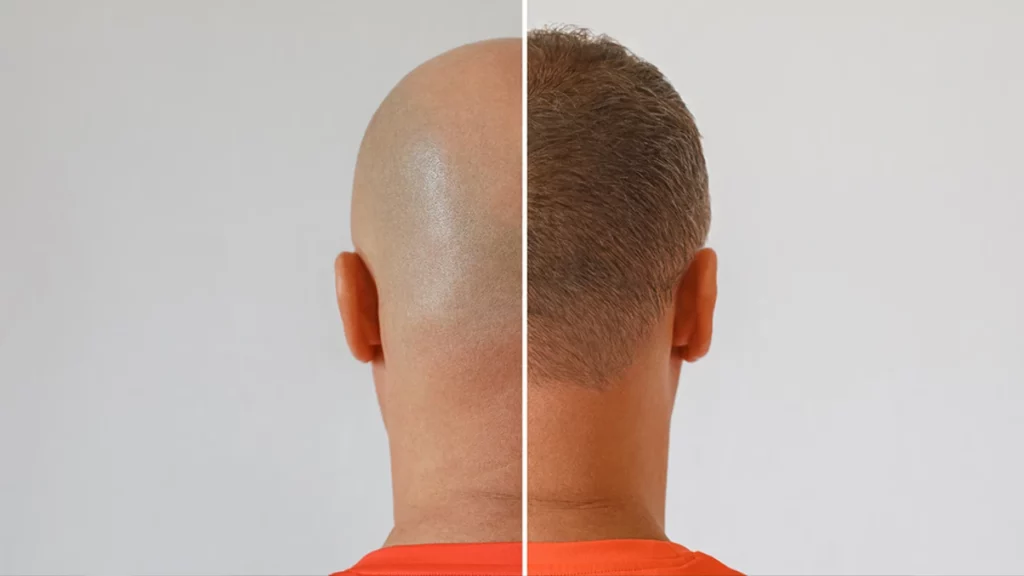
A Simple Comparison: 6 Months vs 1 Year
When looking at hair transplant growth stages, it can be seen that 6 months and 1 year are two important thresholds. After treatment, it is necessary to examine both periods separately. Indeed, the 1-year period means progressing further in treatment.
- Clearly Visible: After 6 months of treatment, your new hair will become more clearly visible. However, the growth rate of hair can be quite different between hair transplant growth stages. Each hair has the possibility of growing more than the other.
- More Thinner: In hair transplant, 6 months is the milestone period when your hair will start to become thicker. Changes begin to occur in the texture of your hair. At the same time, the donor area is almost completely healed.
- Final Appearance: In hair transplant growth stages, the 1-year period is the moment when the final appearance becomes clear. Patients begin to notice that their hair is fully shaped. However, this is not the case for everyone.
- Hair Volume: In hair transplant, 6 months is an important period, but the 1-year period is literally the turning point. Your hair gets a thicker appearance. Because the volume increases as much as possible in the hair transplanted areas.
If you want to compare 6 months and 1 year in hair transplant treatment, you need to pay attention to two points. Within 6 months, the donor area will heal and your hair will begin to thicken. After 1 year, you will have thick and natural looking hair.
Long Term Gains for Hair Transplant
A person applying for hair transplant treatment may experience different benefits. Some of the benefits seem short-term, but there are more long-term ones. Achieving permanent results and having natural looking hair are such gains.
If you want to get permanent results from hair transplant, you need to understand hair transplant growth stages well. Medicines, creams and other solutions are not permanent solutions. In order to have natural-looking hair, you should consider having a hair transplant.
Hair transplant requires very little maintenance. A look almost close to your own hair is achieved. It is also much more cost-effective than other treatment methods that require continuity. When the right clinic and doctor is chosen, the success rate in treatment is high.
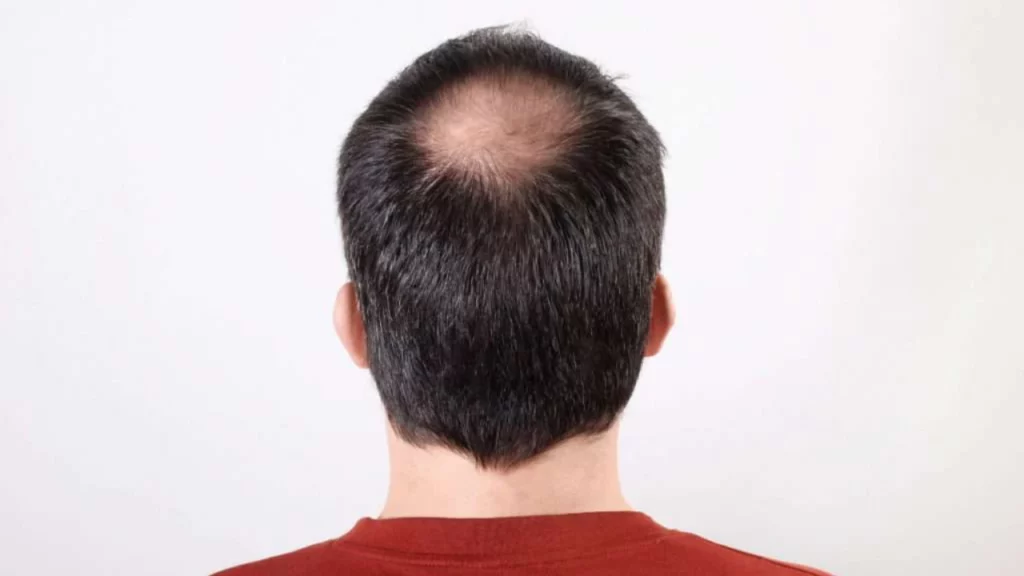
Hair Transplant Growth Stages: Crown & Hairline
Hair transplant treatment has various stages such as return to normal life and full recovery. It is very important to set the expectations accordingly. If you have incomplete information about the hair transplant process, you may experience problems.
You should stay in contact with your doctor during the post-treatment period. Even if the hair transplant stages proceed without any problems, you should inform your doctor. One of the most valuable aspects of the treatment is the careful control of hair growth stages.
Crown Hair Transplant Timeline
If you are going to have hair transplant in the crown area, the treatment and recovery period may take longer than in other areas. Final results always vary from person to person. However, the paths to be followed within the hair transplant stages are predetermined.
- First Stages: Immediately following treatment, you may notice crusting or swelling in the treatment area. You should not touch your hair as the healing process continues. If you feel itching, you should avoid scratching your hair.
- First 4 Months: You can see new hair growing from the hair follicles within the first 4 months. When the hair transplant stages are examined, you can notice the first hair formations in the crown area in the first 4 months.
- After 5 Months: The 5th month is an important threshold for the crown hair transplant timeline. After 5 months, you may notice that your hair is slowly growing back. However, you should know that you are still in the middle of the recovery process.
- After 1 Year: After 1 year of treatment, your hair should grow from your scalp. Within the hair transplant growth chart, 1 year represents the period in which the healing process is completed. Your hair should now start to look natural.
You can see that the recovery time after hair transplant varies from person to person. In hair transplant, 6 months is one of the most important thresholds. The most important threshold in the crown hair transplant timeline is after the fifth month.
Hairline Hair Transplant Timeline
The time required for the treatment and recovery process of hairline hair transplant may vary from person to person. It is necessary to go through certain stages for the treatment. Generally, the relevant stages are not long-term as in the crown hair transplant timeline.
- Early Stages: You may notice swelling and redness after hair transplant in the hairline area. These are the expected side effects. You should avoid touching the hair transplantation area as much as possible and listen to your doctor’s recommendations.
- First 5 Months: During the first 5 months, the transplanted hair begins to fall out as part of the healing process. The shedding phase is called shock loss and you may experience some itching. Afterwards, your new hair starts to grow.
- After 6 Months: New hair begins to grow and their growth rate is much faster than the crown hair transplant. However, you should know that all details may vary from person to person and depending on the hair transplantation technique used like FUE or DHI.
- After 1 Year: At the end of 1 year, more than 75% of the hair should have grown. You may notice some curvature in your hair. The cause of the curvature is the small incisions made during the treatment. Over time, your hair will regain its natural appearance.
Very little deviations occur in this timeline for the hairline area. The reason for this is related to the person’s health condition and the treatment option applied. Your doctor should not have missed these details when talking about the hair transplant growth chart.

